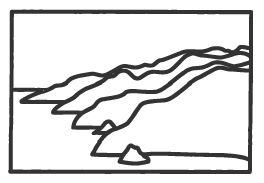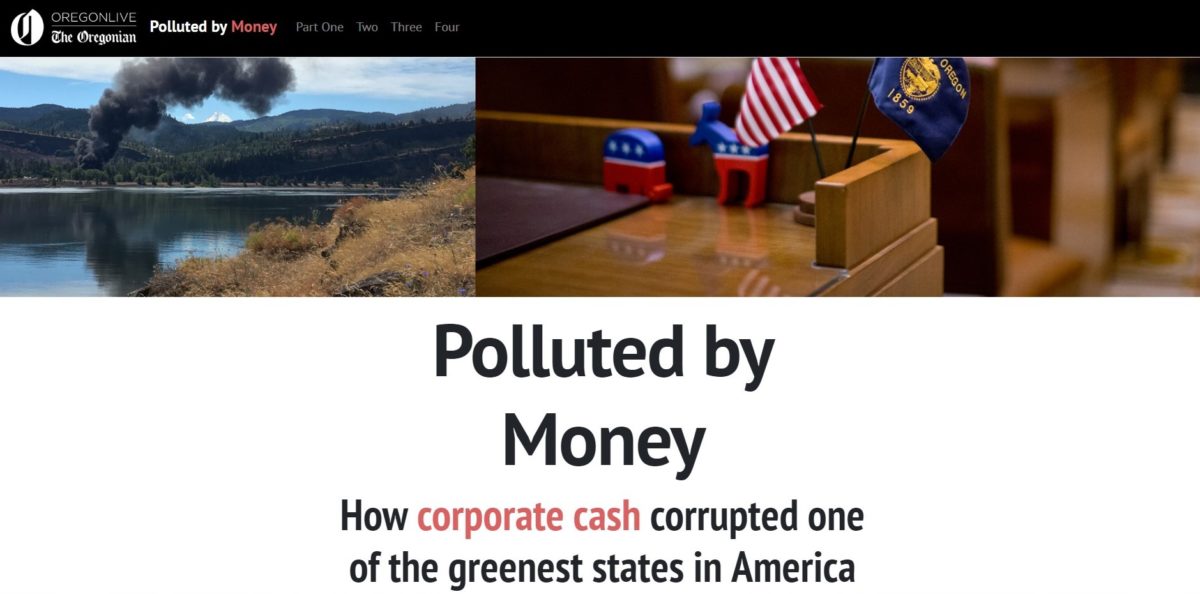Financial Forest Management: Polluted by Money
Timber companies do not grow a forest. They do not grow trees for maximum production or maximum profit. Instead they grow plantations of fast growing trees that provide the maximum return on investor capital. Our once great private forests are managed by capitalists on behalf of investors who live all over the world. We call this model financial forest management. There is nothing shocking or new about financial forest management. It is the so-called forestry and forest economics taught at the OSU School of Forestry for over fifty years. The ideology of financial management is so ingrained in the forestry profession that managers cannot imagine another world. Yet, almost every forester knows there is something wrong with the dominant model but few opportunities exist to practice a different forestry.
Financial forest management grows money not a forest. An investor with $20 million dollars wants to see his or her money grow and provide an annual or final return. Investors expect their money to grow at a compound rate. Due to the math of compound interest, trees are cut too soon as natural tree growth loses
the race against an investor’s ballooning money fantasy. Financial forest owners talk a big talk about sustainability, but they are trapped in management for return.

Stumps don’t lie!
As our research shows, investors own 80% of Coast Range private forest either directly through Timber Investment Management Organizations (TIMOs) or indirectly through Real Estate Investment Trusts (REITS). In August of 2018, the German public television organization, DW, did a program on inequality in Germany. An interesting segment involved a wealthy German family reviewing their forest investments. Take a look at the program on YouTube. Go to 31 minutes, 45 seconds to view the forest investment segment. Immediately following the forester discussing the family’s global forest investments is a discussion of the financialized world that Coast Range forests are now victim of. The TIMOs and REITs will often talk about their school teacher pension fund investors but we know U.S. equity markets are 90% owned by the wealthiest 10% of the population with the top 1% owning the majority of assets. Our Coast Range private forests are dedicated to enhancing the wealth of the global elite. That is why we refer to it as a colony called Oregon.
Go to 31 minutes 45 seconds for the segment we reference.
The segment immediately after the forest discussion is worth a watch. How does the system work? Sociologist Brook Harrington became a financial planner to find out. As she discusses: Investors go all over the world to find out where the laws work best for the asset you wish to purchase.
Here in Oregon, the laws work best for financial forest capital. That is why Oregon’s political system is polluted by money as revealed by the recent Oregonian expose. Oregon’s political system can only be understood as a service center for global forest investors – the super wealthy. The whole system is hidden in plain sight because investor ownership is completely opaque. No one knows who owns the forest.


